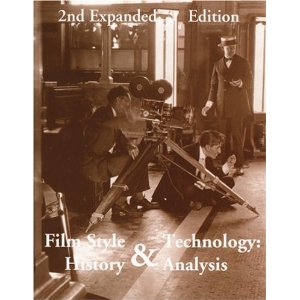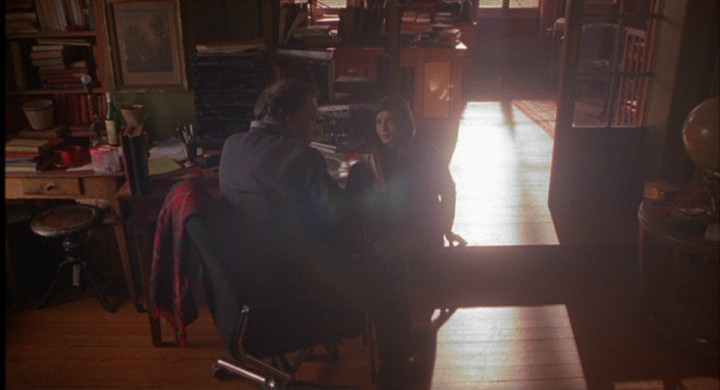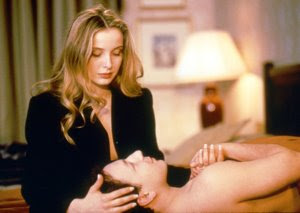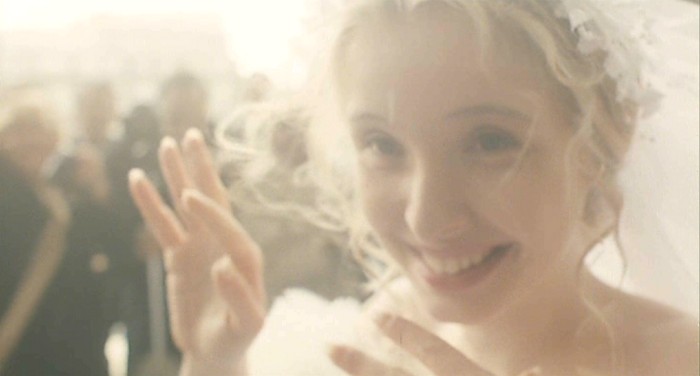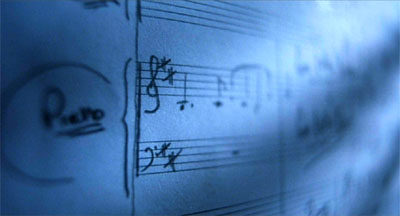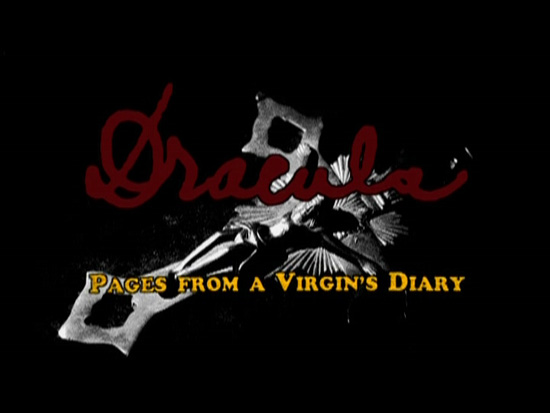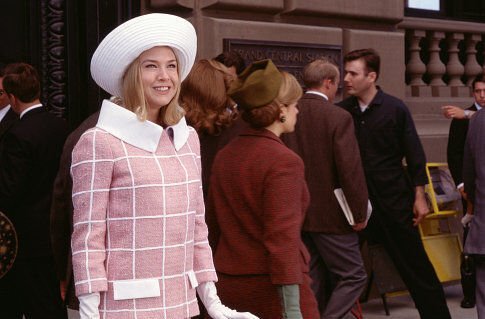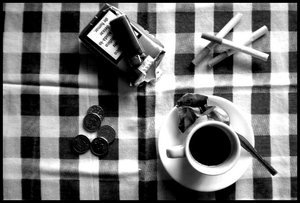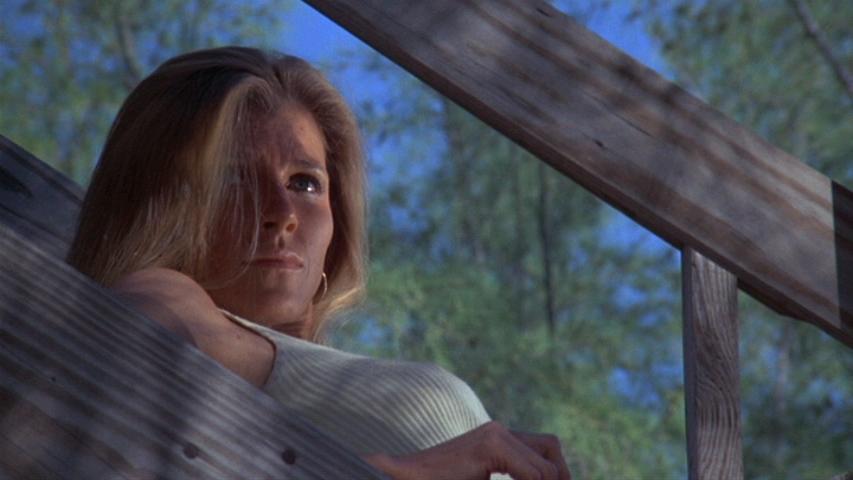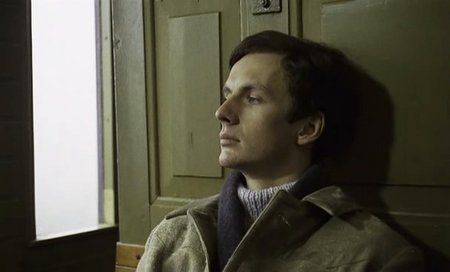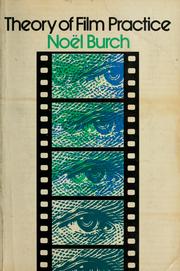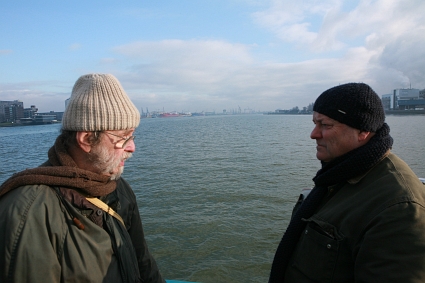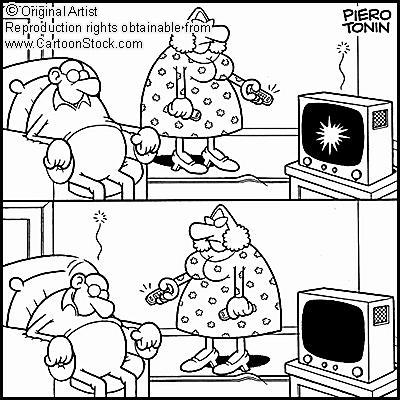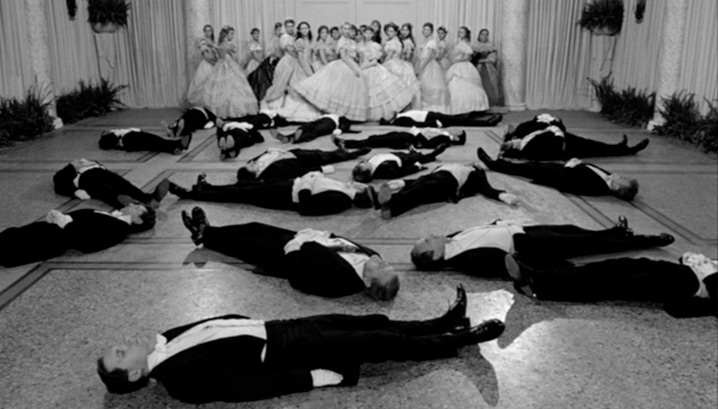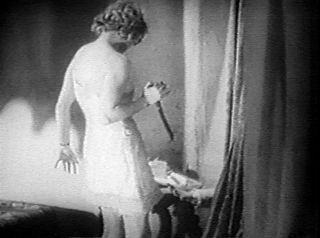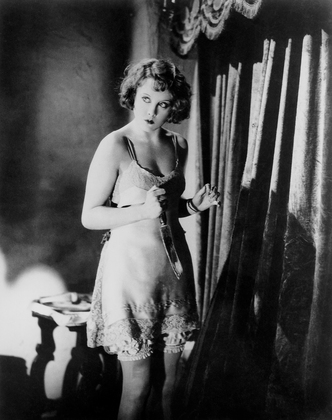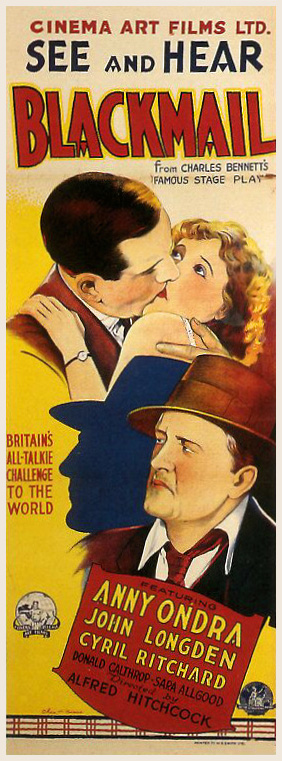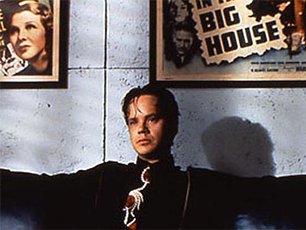From Wide Angle, vol. 8, no. 3-4, 1986. –- J.R.
FILM STYLE AND TECHNOLOGY:
HISTORY AND ANALYSIS by Barry
Salt, Starword, 3 Minford Gardens,
London W14 0AN, England, 1983:
paper, $ 15.00, 408 pages, lllustrations
It is a sad commentary on the
narrowness and inflexibility of current
academic publishing in film studies
that this major work had to be brought
out at the author’s own expense.
Handsomely produced and generously
priced, Film Style and Technology:
History and Analysis offers what is
conceivably the most detailed account
of film technology that we have had to
date, stretching from 1885 through the
Seventies, with roughly one chapter per
decade, and for this aspect of the book
alone, no comprehensive library devoted
to film history can afford to be without it.
In addition, the book’s innovative use of
statistical style analysis, while
problematical in relation to certain stylistic
issues, nevertheless introduces a new form
of rigor to film analysis that deserves to be
considered in detail.
If, as a “total” view of cinema, Salt’s approach
often seems constricted, it nonetheless yields
a wealth of potentially useful material to many
different kinds of film scholars. As Salt’s title
makes clear, a technological history of film
represents only one part of his enterprise. Read more

